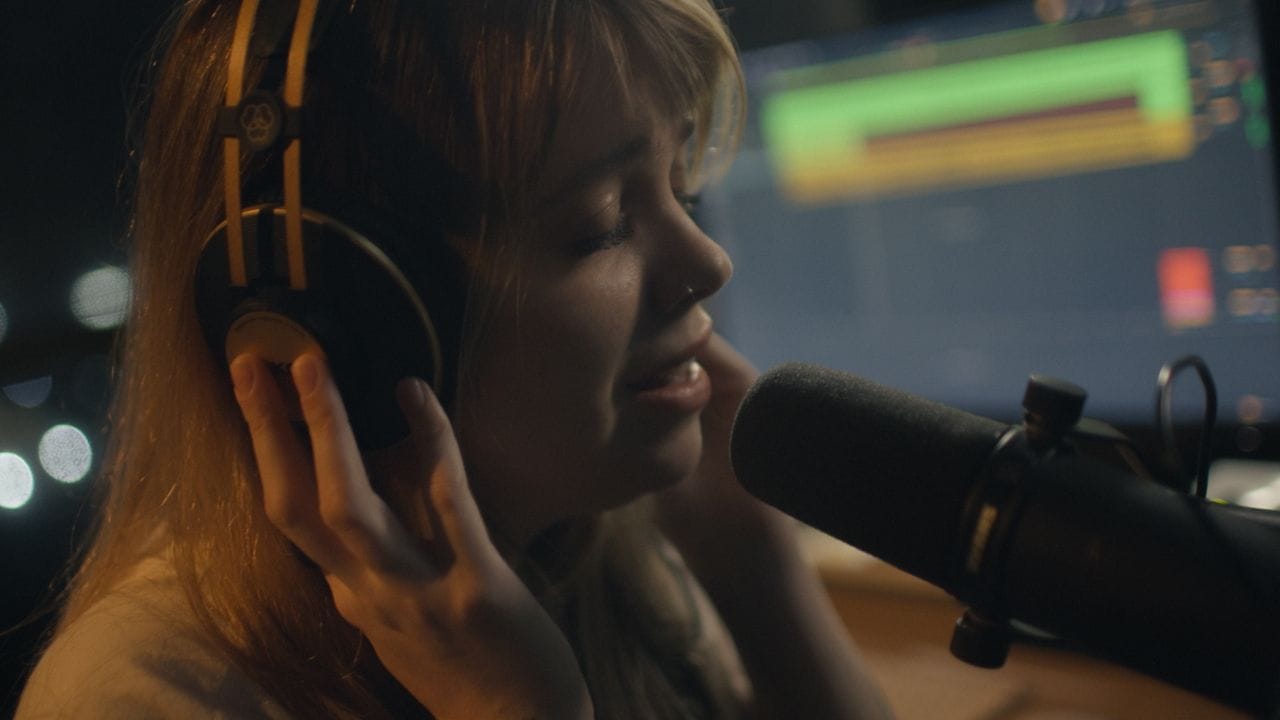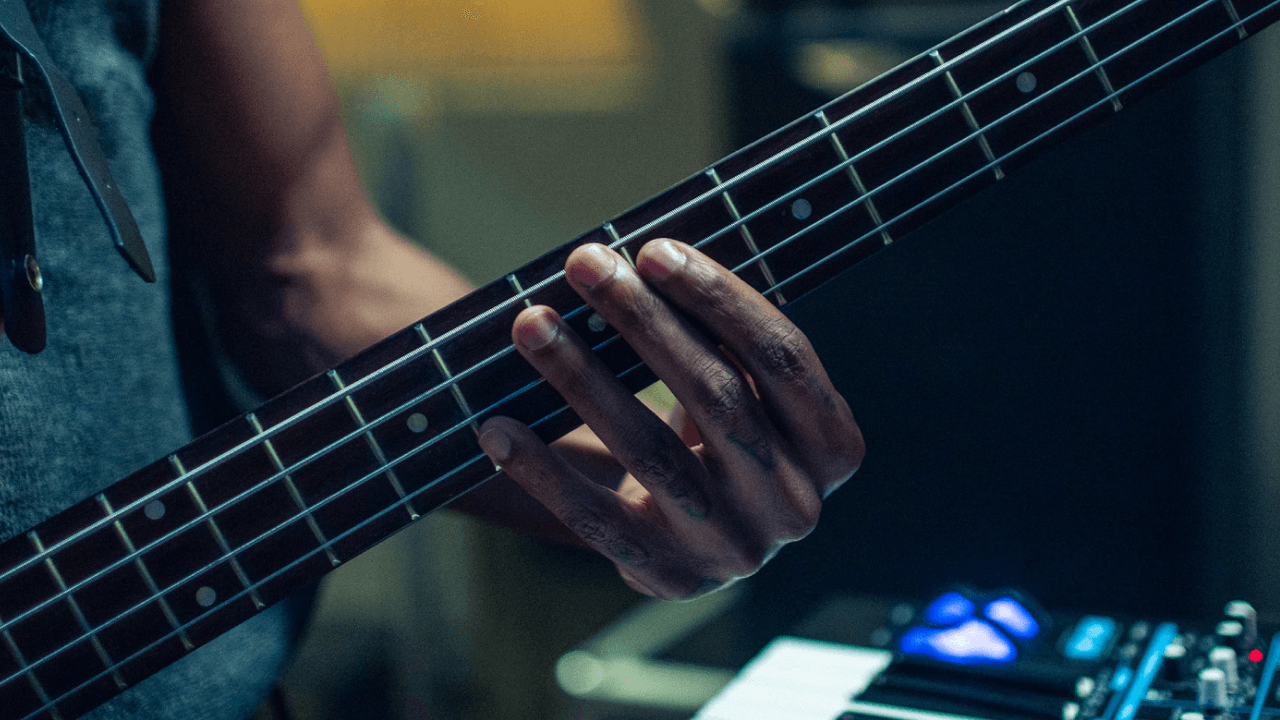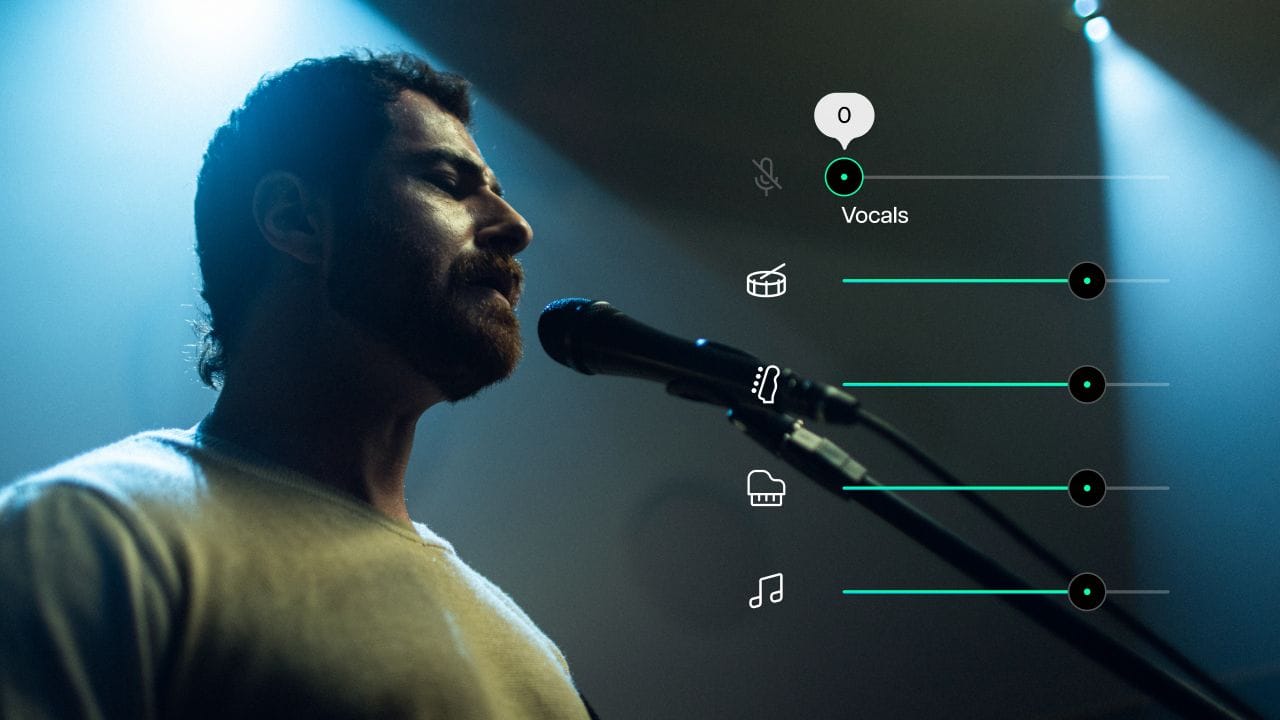Let’s face it. Whether you're an up and coming music producer or a seasoned vet, chances are you’re doing at least some of your production work in a home studio.
As they have become the de facto environment for recording, mixing, and producing music, knowing how to set up the ideal studio space is paramount to producing high quality, professional sounding songs. Most of the attention these days is aimed at the gear, and rightly so. The importance of quality hardware and software in a home studio cannot be denied. However, what’s often overlooked is the studio itself, particularly when it comes to soundproofing your music room. The reality is, even with top-rated gear, you won’t be able to produce high quality music without a properly treated room.
That’s why we’re here to help. We’ve compiled a list of the five most essential tips to soundproof and acoustically treat a room for music that will allow you to create the ideal isolated, noise-controlled space without breaking the bank.
1. Add Mass to Walls, Ceilings, and Floors
When you increase the amount of mass on your studio walls, ceilings, and floors, sound has a much harder time penetrating through. This helps in both the absorption of sound happening within the room, as well as the blocking of sound from the outside. Adding mass, such as vinyl, drywall, or acoustic panels to your studio space slows down sound waves and prevents them from traveling through structures. Now you’re free to record and produce without unwanted sound and frequency disturbance. Some mass-adding options for your home studio are:
- Mass Loaded Vinyl (MLV) - A heavy yet flexible material that can be easily attached to any hard surface of your studio, MLV can work wonders to block the transmission of sound. Its effectiveness and versatility make it a popular soundproofing method for many home studio producers.
- Drywall - While a more labor intensive option, adding a layer of drywall to your pre-existing walls will add a great deal of mass, thus reducing sound transmission. If you go the drywall route, be sure to choose one of the denser varieties, as they will inevitably better protect your studio from invasive sounds.
- Acoustic Panels - Putting acoustic panels on your walls and ceiling is essential for home studios for two reasons. Not only do panels add extra mass to your walls and ceiling, they also provide acoustic treatment to your studio (more on that below).
2. Acoustic Panels and Bass Panels
While soundproofing your studio to prevent sound from entering and exiting is crucial, so too is acoustically treating your room.
Acoustic treatment helps control how the sound you are making in the room - be it vocals, instruments, or monitoring - behaves. Putting up acoustic and bass panels in your studio will help control the reflections and reverberations that will naturally happen as sounds bounce around the room. In an untreated room, sounds will bounce all over the place, creating a lot of unwanted frequencies and noise. Acoustic treatments will help absorb those reflections, “deadening” the room for an optimal recording, monitoring and mixing environment.
For the ideal home studio], it’s best to combine both soundproofing and acoustic treatments. Some options for acoustic treatments are:
- Acoustic panels: For a cleaner and less echo-y sound inside your studio, placing large acoustic panels on the walls is a must. Usually made of foam or fiberglass, these panels will absorb mid and high range frequencies that can make a mess of your mix.
- Bass traps: Low frequencies are notoriously more difficult to control inside a home studio. By strategically placing bass traps in the corners of the room, low unwanted sound waves that can muddy up a mix will be absorbed.
- Diffusers: Made from a number of different materials such as PVC, fiberglass, or wood, diffusers help scatter sound waves as they occur in the room. By breaking up sound and directing them in different directions, diffusers will help create a more even distribution of sound within your studio.
3. Build a Vocal Booth
For many musicians and producers, the vocals of a song are usually the most important element. Capturing vocals with as little external sound as possible is paramount to making professional quality productions. Building a vocal booth within your studio is a great option to ensure a high quality recording. A vocal booth is also essential when recording vocals simultaneously with other instruments in the room. By isolating the vocalist in a booth, outside noises won’t bleed into their microphone and their singing won’t bleed into the rest of the room. Some options for building a vocal booth are:
- Portable Kits - Vocal booth kits come with all the necessary components for an easy to assemble soundproof space for a vocalist. These kits are budget friendly and ideal for smaller studio spaces.
- DIY booth - Chances are you probably have many of the materials you need to create a fully functional vocal booth in your home already. Many home producers build their own booths with thick blankets and quilts, acoustic foam, or heavy duty curtains. Hanging these materials around a vocalist in a small enclosed space can help create the controlled recording environment needed to capture a clean vocal take.
4. Focus on the Floor
Sound also has a sneaky way of moving through the floor of home studios, especially those in apartments or multi-level homes. Adding treatment to your floors, be it carpeting, rubber, or underlayment can do wonders for keeping sounds out of your studio. To reduce the amount of sound moving through your floors, consider these options:
- Carpets - Sound has an easier time passing through hardwood and tiled floors so laying down carpets or rugs (the thicker the better) can help absorb sound and keep it from bouncing around your studio.
- Rubber flooring - Rubber is a great material for sound absorption. Putting rubber mats or tiles underneath equipment and furniture in your studio can minimize vibrations and sound transmissions on the floor.
- If you’re building your home studio from the ground up, installing soundproofing underlayment beneath your floor will greatly reduce the transference of sound between floor levels.
5. Seal Air Gaps
Sound loves to find the path of least resistance, so any small gaps in the doors and windows of your home studio will be very inviting. Sealing air gaps and leaks is a crucial step when soundproofing. You may be amazed at all the little gaps that live in your studio room; sealing them can make a huge difference in your recordings and mixes. Some solutions to seal air gaps include:
- Acoustic sealant - Also known as caulking, use sealant around doors, windows, and even electrical outlets and light fixtures to minimize sound pollution.
- Weatherstripping - Adding weatherstripping to the edges of doors and windows will block sound from entering and leaving.
- Door sweeps - Installing a sweep at the bottom of your studio door will also help prevent air and sound leaks.
Conclusion
If you’re in the business of creating high quality professional sounding music, soundproofing and acoustically treating your studio is a must. From sealing air gaps to installing acoustic panels to laying down carpets to building your own DIY vocal booth, there are a number of different methods to achieve a perfectly soundproof studio. And by combining soundproofing with acoustic treatment techniques, you’ll have the optimal recording and mixing environment to produce your next masterpiece.
●●●Written by Jesse Stanford, Company Cue







